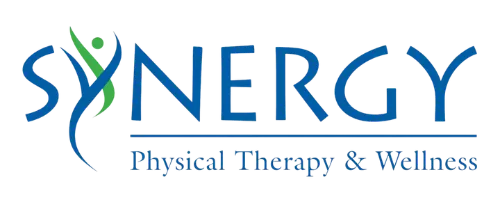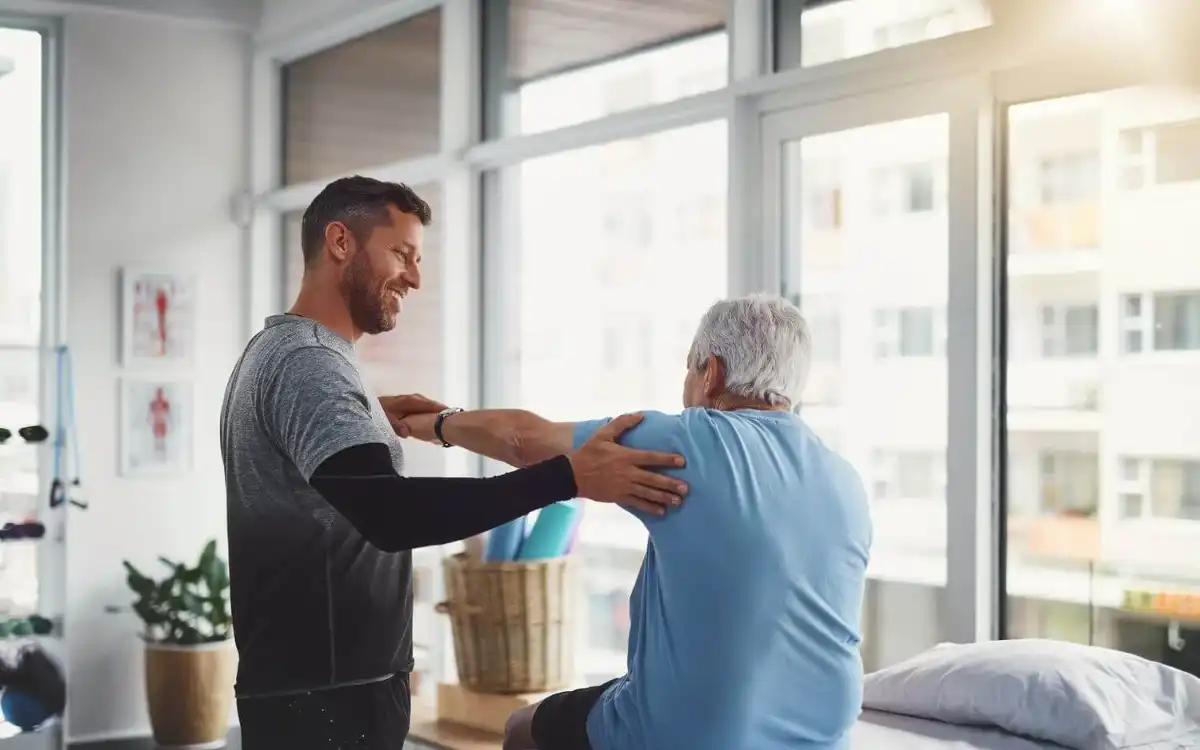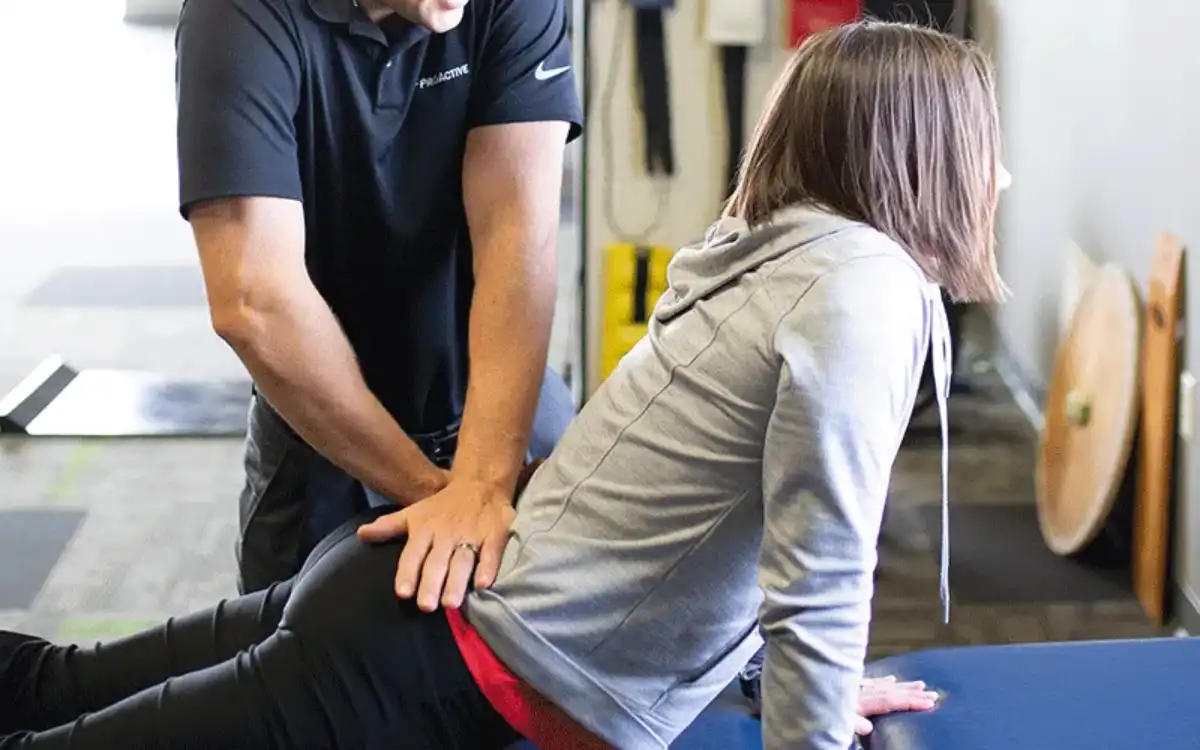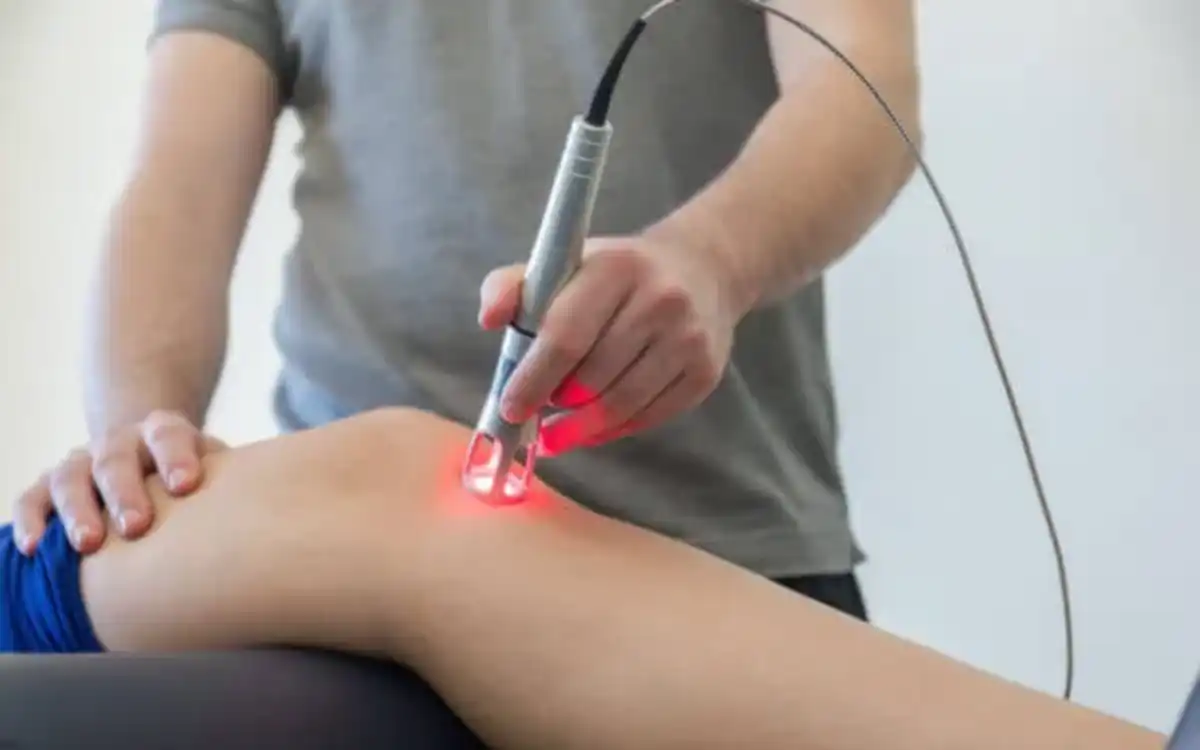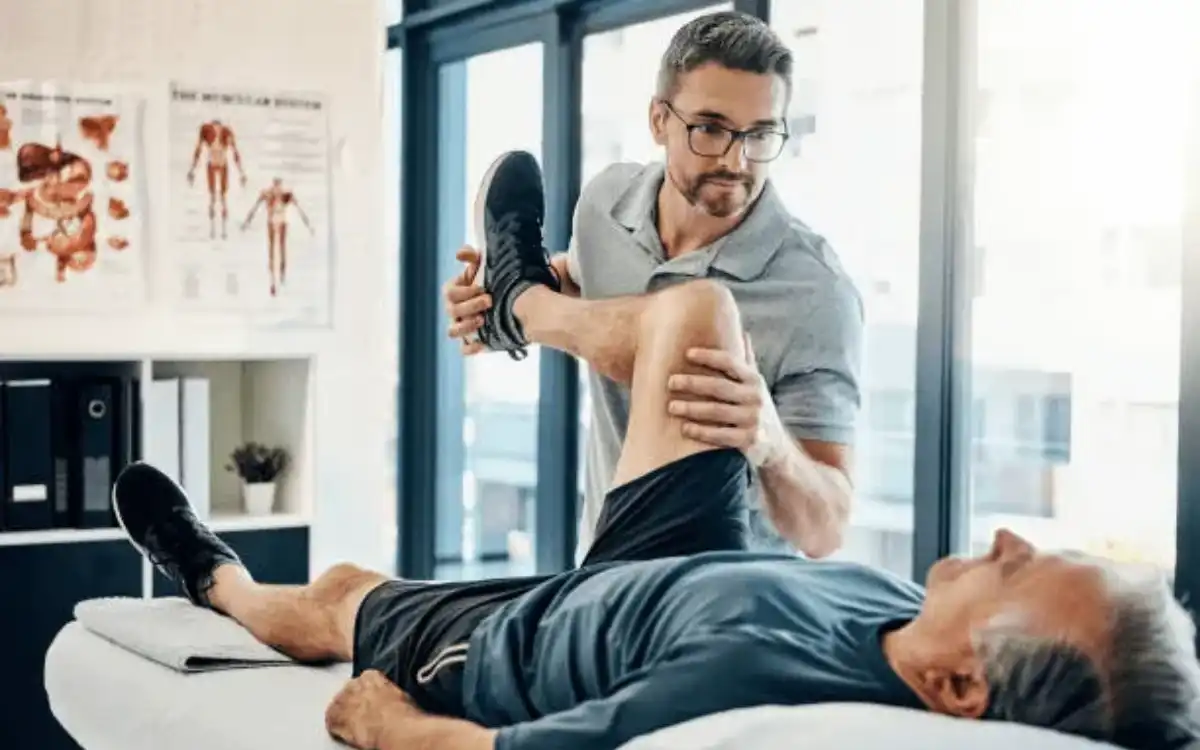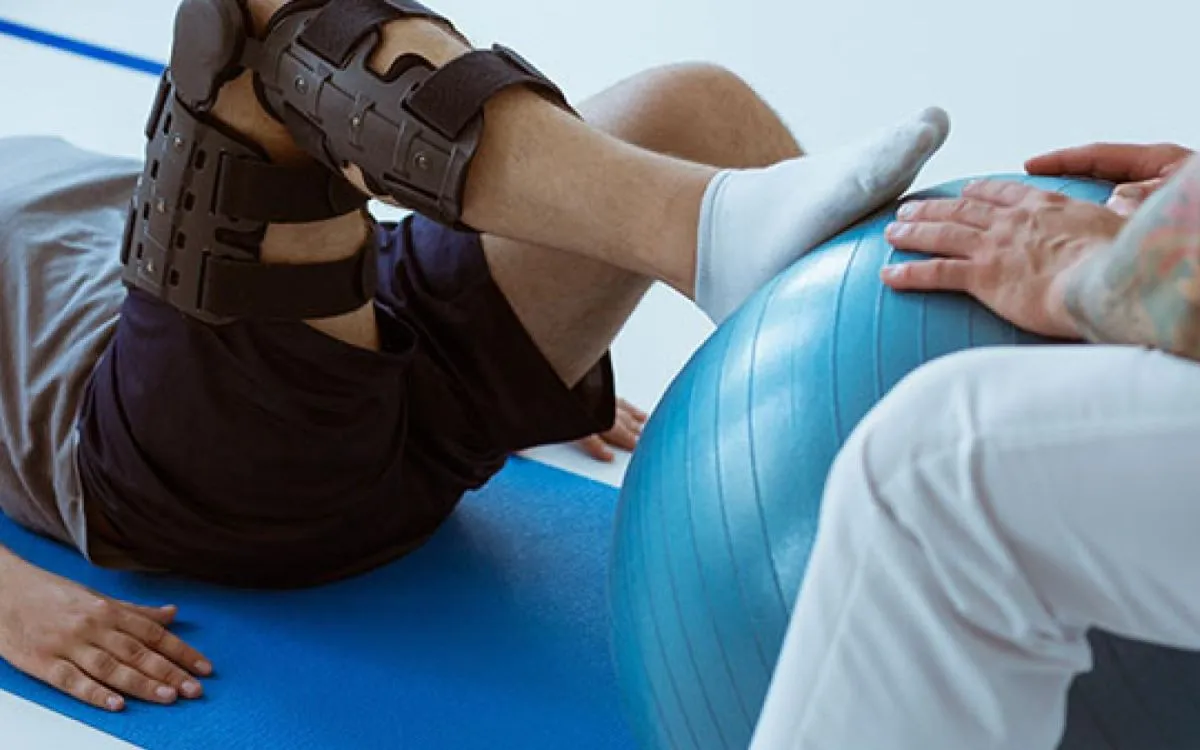OVERVIEW
We’d like to share some of the most common terms used in fitness to help you understand and enjoy your physical fitness.
Fitness: Sound physically and mentally; AKA Healthy
Repetitions (commonly referred to as “reps”) refers to the number of repetitions one makes of a movement. If you lift a weight 10 times with your arm, that is 10 repetitions.
Set(s), – A discrete number of repetitions. If you lift 10 weights, then rest and lift 10 weights again, that is “two sets”. You have done 10 repetitions.
Muscle is the contractile unit that moves your bones.
Tendon is a non-contractile unit which transmits the muscle’s force to the bone. Tendons link muscles and bones.
Ligament is a soft tissue that holds two or more bones together.
Cartilage is connective tissue that covers bones and acts to absorb shock. It also provides a smooth surface to reduce friction between bones in a joint.
Aerobic Exercise The American College of Sports Medicine defines aerobic exercise as any activity that uses large muscles groups, can be sustained continuously and is rhythmic in nature. Your body burns its glucose (glucose), when oxygen is present. This is done at less than 85% your maximum heart rate. Aerobically fit individuals can work harder, longer and recover faster after each session. Aerobic exercise can be done in a variety of ways, including swimming, biking, rowing, aerobics classes and swimming.
Anaerobic Exercise: Work at a higher than 85% maximum heart rate. This involves exertion for short periods followed by rest. Anaerobic is a state in which there is no oxygen. It is also the body’s burning of glucose without oxygen. Anaerobic exercises include weight training and sprinting.
Plyometrics– These exercises are characterized by the application a rapid muscle stretch, followed by muscle shortening. This allows muscles to develop maximum force. They can improve reactive/explosive muscular performance.
Circuit Training: A selection of weight-training exercises that are performed in a sequence. Usually, they are done using lighter weights and shorter rest periods.
Flexibility is the total range or motion of a joint.
Strength is a measure of a muscle’s ability to produce force. It is typically measured using a maximum of one repetition.
Resistance Training is the use of force externally to increase the body’s muscular force. AKA: weight training or strength training.
Endurance is the ability of muscles to contract repeatedly and resist fatigue.
Core Strength is a multi-joint exercise that involves larger muscle groups like the back, chest, hip/thigh and shoulder muscles. Because they are directly applicable to a sport, core exercises should be given priority.
Cross Training: Using more than one type or exercise to reach your training goals.
Periodization According to the American College of Sports Medicine (ACSM), periodized training refers to a planned variation in the amount of exercise that is performed over a period of time (intensity or volume of exercise). Periodization can be described as a specific type of training, a portion of a training program, or a length of time within a particular training program.
Proprioception is the body’s ability detect where it is in space. Close your eyes and feel your nose. How did you manage to move your finger from your nose to your nostrils without even seeing them? To know where your body is, your body relies on its sensory system of the joints and muscles. Your body’s proprioceptive abilities are crucial for balance and coordination.
Pilates is a series of exercises that Joseph Pilates designed to build strength, flexibility and balance.
Bosu Ball is an exercise ball that has been cut in half and has a platform at the bottom.
Exercise ball is a large rubber ball with a diameter of 55-85+ centimeters that can be used to strengthen, balance and increase flexibility. AKA Swiss ball, therapy ball.
Medicine Ball– Weight balls (4-12 inches in dia.) for resistance and plyometric training.
Dumbbell: Weights for exercise consisting of a handle that can be attached or fixed with metal plates at either end.
Barbell– A weight used for exercise. It consists of a stiff handle measuring 5-7 feet in length with a metal plate that slides on the ends.
Maximum Heart rate – The fastest your heart beats. This is calculated by subtracting your age from 220. Max HR = 220 aEUR age
Target heart rate Your target heart rate is the range of exercise you do. It should be between 60 and 85% of your maximum rate. – (220 years old) x 60% = the bottom end of Target Heart Range. – (220 years old) x 85 = the top end of Target Heart Range. Exercise is aerobic if it takes place within this range.
Warm up – A five to eight minute period that involves the larger muscles of your body. This is to increase circulation and reduce joint stiffness in preparation for greater intensity exercise.
